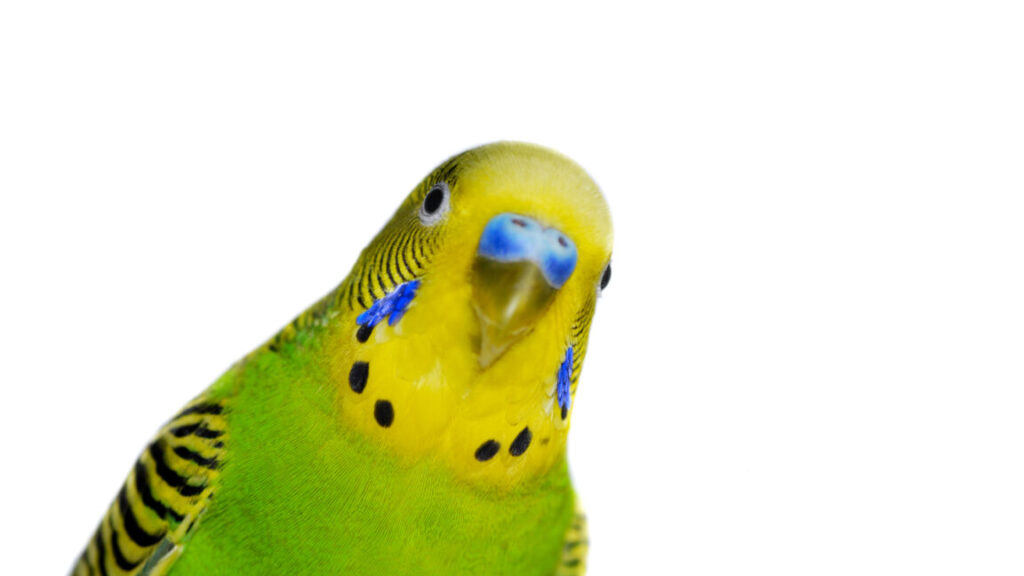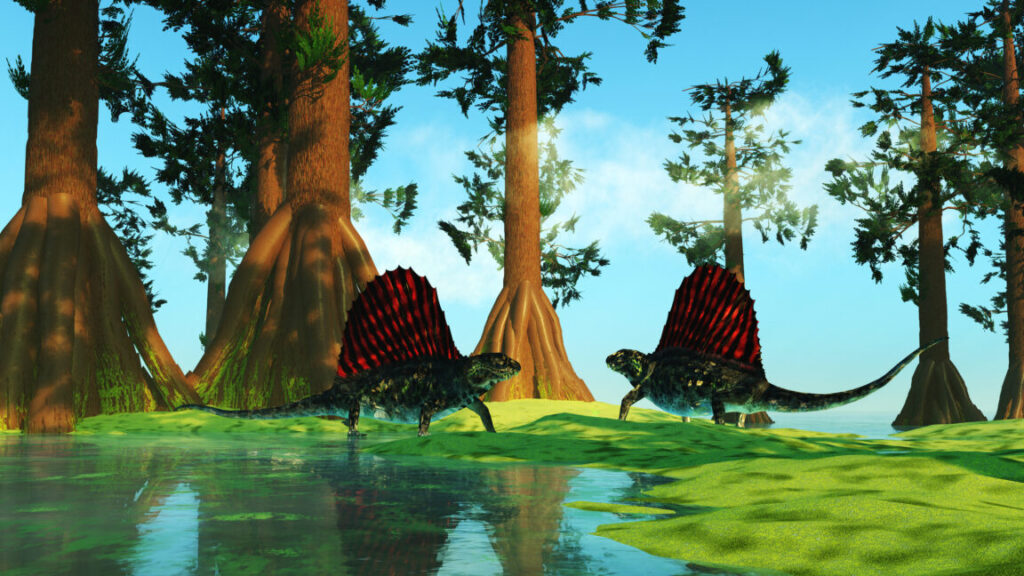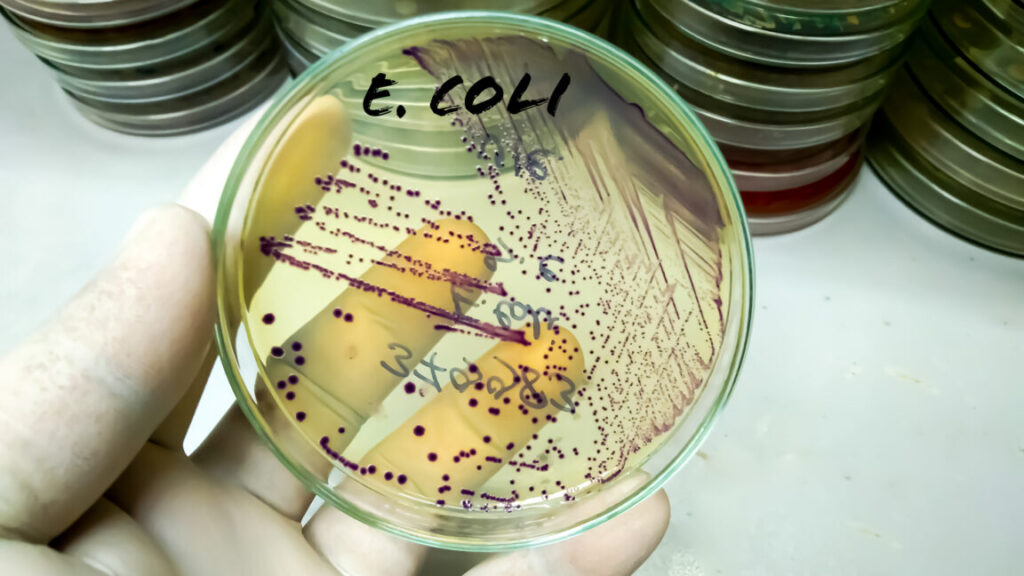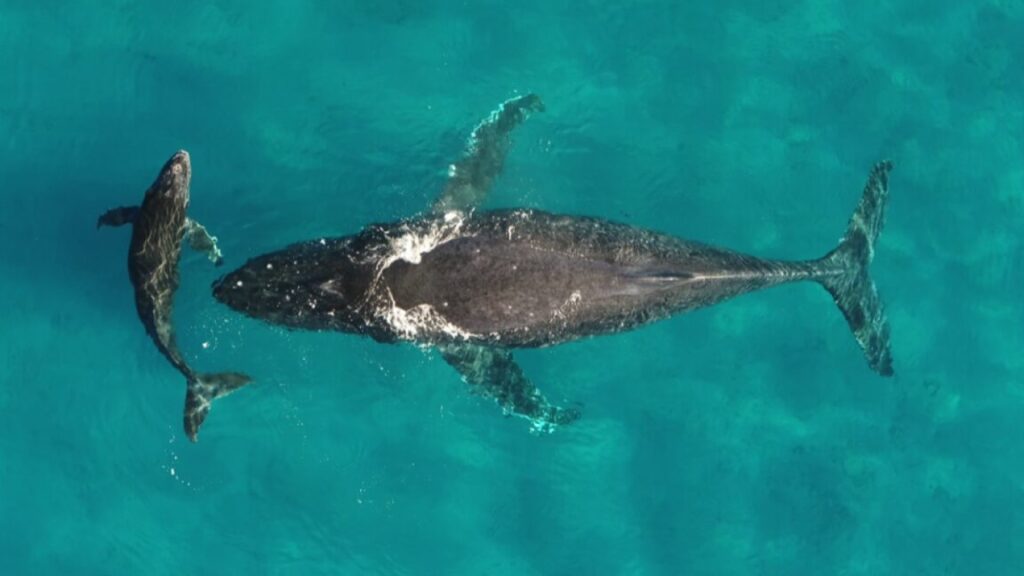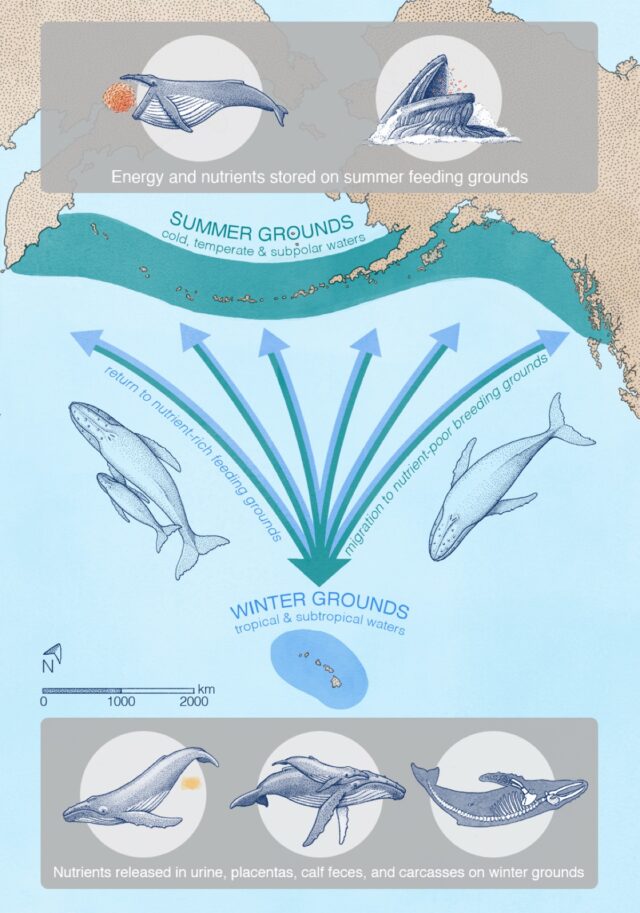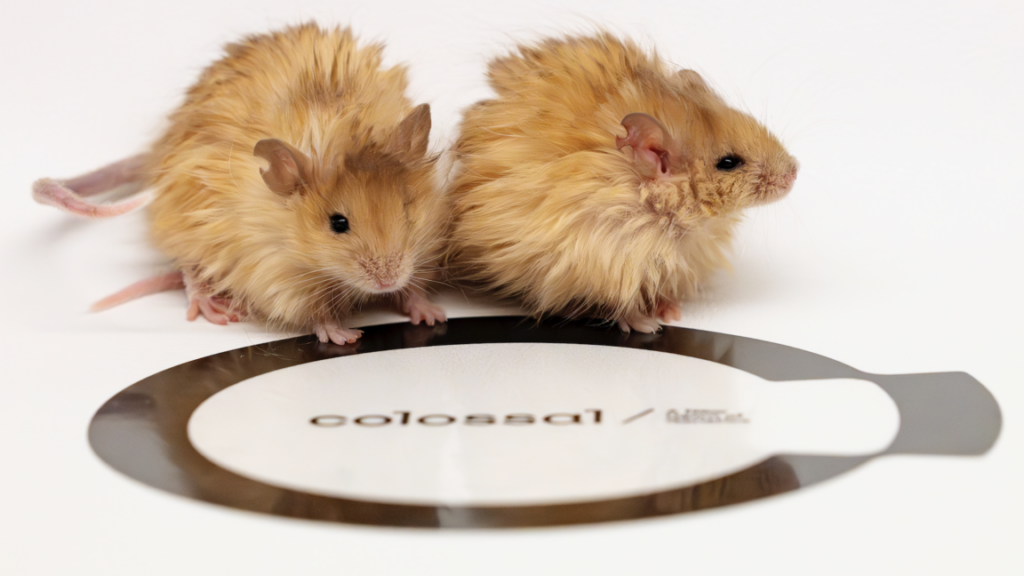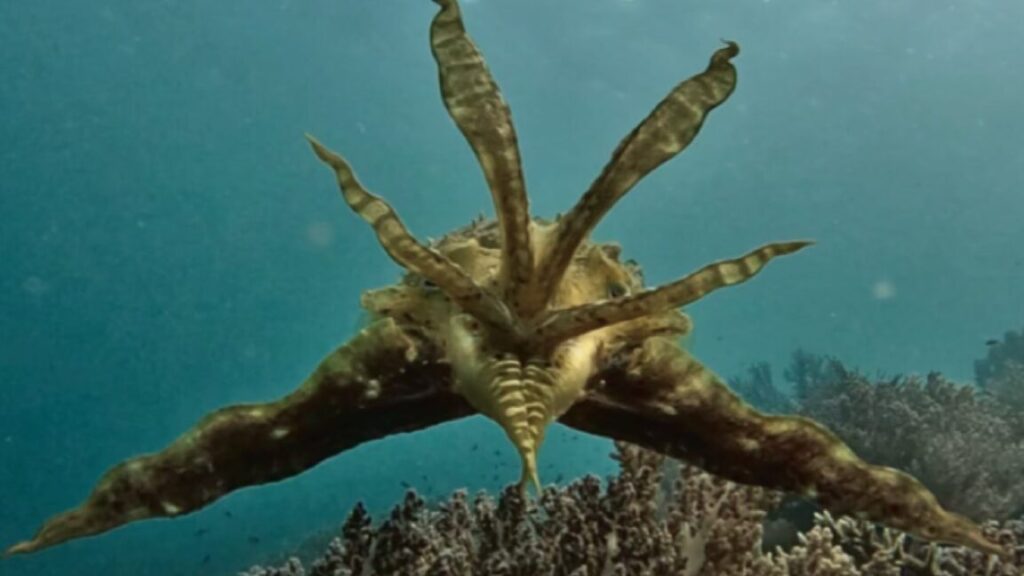Brains of parrots, unlike songbirds, use human-like vocal control
Due to past work, we’ve already identified the brain structure that controls the activity of the key vocal organ, the syrinx, located in the bird’s throat. The new study, done by Zetian Yang and Michael Long of New York University, managed to place fine electrodes into this area of the brain in both species and track the activity of neurons there while the birds were awake and going about normal activities. This allowed them to associate neural activity with any vocalizations made by the birds. For the budgerigars, they had an average of over 1,000 calls from each of the four birds carrying the implanted electrodes.
For the zebra finch, neural activity during song production showed a pattern that was based on timing; the same neurons tended to be most active at the same point in the song. You can think of this as a bit like a player piano central organizing principle, timing when different notes should be played. “Different configurations [of neurons] are active at different moments, representing an evolving population ‘barcode,’” as Yang and Long describe this pattern.
That is not at all what was seen with the budgerigars. Here, instead, they saw patterns where the same populations of neurons tended to be active when the bird was producing a similar sound. They broke the warbles down into parts that they characterized on a scale that ranged from harmonic to noisy. They found that the groups of neurons tended to be more active whenever the warble was harmonic, and different groups tended to spike when it got noisy. Those observations led them to identify a third population, which was active whenever the budgerigars produced a low-frequency sound.
In addition, Yang and Long analyzed the pitch of the vocalizations. Only about half of the neurons in the relevant region of the brain were linked to pitch. However, the half that was linked had small groups of neurons that fired during the production of a relatively narrow range of pitches. They could use the activity of as few as five individual neurons and accurately predict the pitch of the vocalizations at the time.
Brains of parrots, unlike songbirds, use human-like vocal control Read More »
